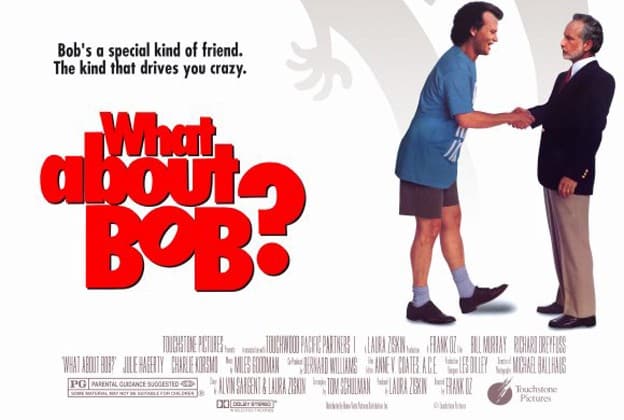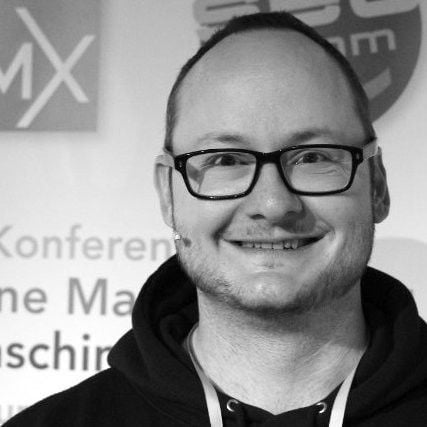Last Updated on June 8, 2020
Now onto article 6 of 15, let the broken Sinkwitz record continue! We’ve covered at length the importance of keeping a focus, optimizing for that focus, and remaining resilient through the inevitable dips. Now, let us turn to the classic conundrum that faces all influencers: quality vs quantity.
What Does Quality Even Mean?
Quantity is a fairly well-established definition, meaning “how much” or “how many” — it is production volume. Quality is a fuzzier definition though, since it varies significantly depending on who is assigning the label. For the purpose of this piece, consider quality to mean the addition of extra effort that results in a more finished product.
YouTube Quality vs Quantity
Let’s examine some comparable YouTube accounts to explore so we can see just how much of a difference there can be, exploring two niches that I personally subscribe to on YouTube, under the humor genre; don’t read too much into the obvious irreverence:
Lip reading dubs — note the difference on voice modulation, editing (or lack thereof), and video styling
- https://www.youtube.com/user/BadLipReading — 6M+ subscribers, releasing over a couple videos per year, viewed as the top tier dub channel. Each video is gold and I watch them multiple times. Apparently I’m not the only one.
- https://www.youtube.com/user/Jabo0odyDubs — 1M+ subscribers, these guys are a guilty pleasure of mine [NSFW unless you work in our office]. However, of the several videos per month generally I really love 1 of them and end up sharing/watching multiple times. Some of that is a preference to dubbed infomercials over video game action, but also I think some is because the editing and dialogue on those product commercial dubs is superior vs the improvisational styling of the video game dubs.
- https://www.youtube.com/user/PimpedPistols — 5.5k subscribers [NSFW]. Some is funny, but much of the dubbing seems rushed. If it were to slow down and script a bit more to not repeat character dialogue I’m pretty sure their subscriber account would jump as quality is so vital for YouTube. Compare this to BadLipReading, which obviously has a lot more editing and production time baked into each video — the outcome is virality whereas this channel is still in early discovery phase.
Crank calls — voice + editing skills required like on dubs, but also requires animation skills as well
- https://www.youtube.com/ownagepranks — 4.2M subscribers. Now, what’s a bit different here vs the dubs channels is how much quality content they’re able to put out, even at a higher than expected rate of production. As a disclaimer, they’re in the Intellifluence network and I love these guys. Hi Ed!
- https://www.youtube.com/user/FridayNightCranks — 388k subscribers, with a couple of videos per month…actually a bit less than Ownage; the call quality is good [and NSFW] but there’s far less of the animation and other editing that makes for a polished piece.
As you can see in the selected examples, the more finished products that appear that certain je nous sais quoi — the extra touches that separate a decent piece of content from a good piece of content. Do you have to choose between quality and quantity though? Ownage seems capable of doing more, better, but if they had to choose I would imagine the choice for them would be to focus on fewer good cranks and pranks than a higher volume of average quality videos.
In some channels like Twitter the quality wouldn’t seem as important at first glance, since 140 characters is not a high bar, content-wise. I’ll caution comedic Twitter influencers though; if you were to put out one good joke and one hundred bad jokes, the probability of losing subscribers is high, than if you just put out two good jokes and nothing else. Don’t believe me?
Twitter Quality vs Quantity
Keeping with the comedic themes of dubs and cranks, the two dimensional and static version would be artistic parodies; specifically in this case children’s book cover parodies.
- https://twitter.com/paprbckparadise — 137k followers and frankly it should be more because they are almost all incredible. As a relatively newer account with a solid volume of continual parody book covers I expect 2017 to be a breakout year. Some of these parodies are poster worthy. 10/10, would subscribe again.
- https://twitter.com/maryanne_spier — 562 followers and possibly not the best comparison since the parodies are far and few between, mostly just riffing on storylines without the supporting imagery. The jokes themselves aren’t all bad, so I can’t help but wonder what the subscriber count would be with that supportive imagery to solicit sharing. I chose to include to include this account as a comparison not to pick on it, but to reiterative the importance of focus; Paperback Paradise is extremely focused on the parodies whereas Maryanne only occasionally drops in the joke storylines.
What about Blogs?

The quality vs quantity conundrum is more difficult when looking at blogs. It’s tricky because traffic, links, and engagement signals to blog posts change with consumer tastes. Where I enjoy deep content with supporting data on case studies such as the material that John-Henry Scherck puts out for DocSend, occasionally an article on what Larry page had for lunch and its implications on the next big search update ends up being initially more popular despite its empty value.
The great equalizer in this case is time; quality comes into play because the DocSend piece will be significantly more evergreen, thus earning more links and shares for a considerable period of time; this would help it to overtake whatever initial signal spikes might occur compared with the other industry filler piece posted on a more widely read publication. The example isn’t perfect, but as a takeaway, focusing on quality can win in the end over vacuous posts which are created at spam-canon scale and forgotten two weeks later.
So Quality or Quantity?
The more involved the medium (see above for YouTube on the various skills required) the more necessary it is to be hyper-focused on quality versus how many pieces can be produced. The same is actually true even for those Twitter, where additional effort pays off over time, though arguably less important since fewer skills are required to make a good or even great piece of content.
All this said, a top tier influencer cares more about the value provided to his/her audience, which is why quality is so important. The ego metrics of like/follow/share/replies/etc. are great for determining engagement and rabidity of fans when brands are seeking out such influences, but these are just a byproduct of producing quality work than the product itself. If you focus on making something great for your audience, you’ll inadvertently hit all the metrics you need to be sought out by the brands you hope to one day work with.

Joe, CEO and Co-Founder of Intellifluence, has over 25 years of experience in SEO, leading several successful marketing companies and providing expert consultation. He is the author of The Ultimate Guide to Using Influencer Marketing, which is available as an eBook or in print.






